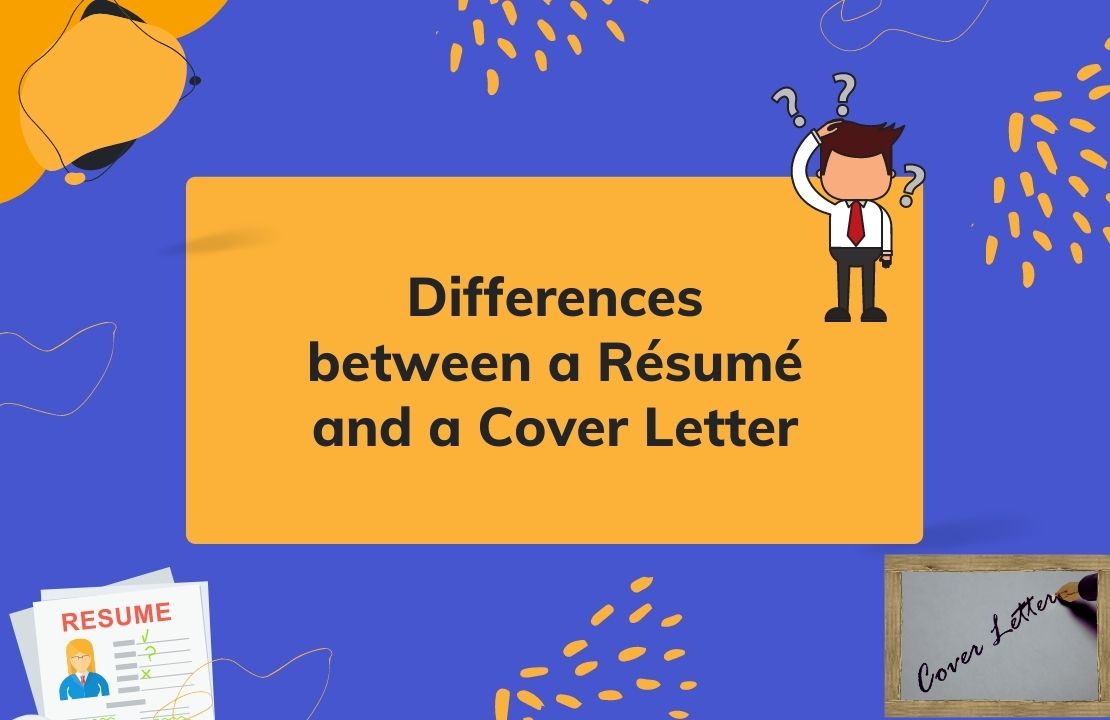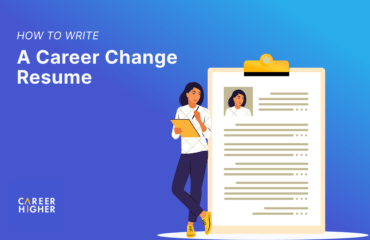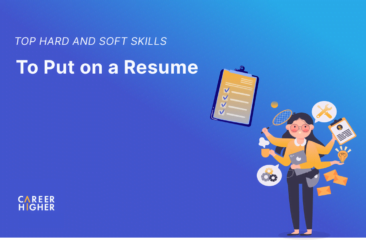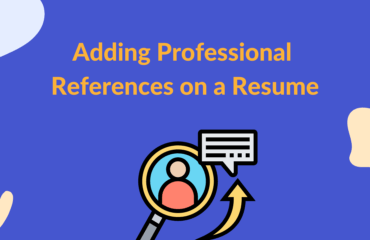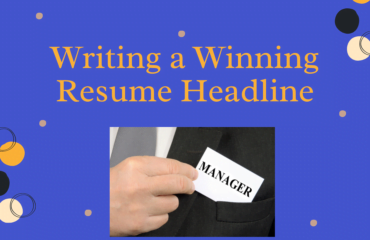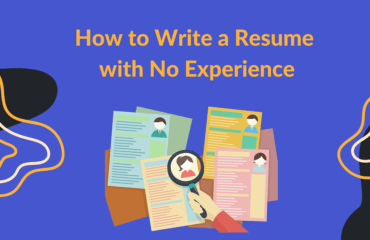Table of Contents
Candidates are often confused about whether they should submit a cover letter with their resume when applying for their target jobs. A cover letter and resume are two different documents serving two different purposes. In this article, we will explore these differences to help you understand why both documents can be crucial for your job search.
Purpose
The purpose of a resume is to introduce you to your target employers and demonstrate your abilities by giving a snapshot of your career. It registers your interest to work in the company through the application process. Moreover, a well-written resume exhibits your capability to perform in your target role.
On the other hand, a cover letter highlights your rationale behind the application. It is a personal document that allows your target employer to understand your motivation for working with them. Your cover letter demonstrates the alignment between your current and target role or justifies your candidature in case of a career change.
Content
A resume includes relevant skills, experiences, and achievements to highlight your career trajectory. It also summarizes your education, relevant professional certifications, and volunteer experience to support your application. On the other hand, a cover letter outlines your reasons for applying to your target job, employer, and industry. While a resume is fact-based, a cover letter is more about supporting those facts with related examples and stories to strengthen your candidature.
Structure
Even though there is no set standard, a resume structure usually depends on your professional experience and target location. For mid-career professionals, the structure of your resume may differ from early-career professionals. Let’s have a look at a resume structure aligned with industry best practices below.
- Personal Details- The topmost section of your resume indicates your personal information, such as your name, job title, contact information, and a picture of yourself, depending on your target location.
- Professional Summary– It highlights the capabilities, expertise, and benefits you can deliver to your target employer.
- Key Skills- The key skills section emphasizes your top skills in line with your target job.
- Professional Experience– This section lists all your relevant experience aligned with your target job, describing your roles, responsibilities, and achievements.
- Education- All your relevant education details are highlighted in this section.
- Volunteering– This includes your volunteer roles related to your target job.
- Professional Certifications- If you have any professional certifications aligned with your target job, we recommend adding this section to your resume.
As your cover letter is a personal document, there is no set structure. However, based on best practices, we recommend adding 4-5 paragraphs. The scope of each paragraph should be:
- Paragraph 1– Start your cover letter by introducing yourself, highlighting the position you are applying for and the source of your job posting.
- Paragraphs 2 & 3– In the next two paragraphs, use storytelling to demonstrate why you are qualified for the role and showcase your unique experiences and achievements.
- Paragraph 4– This is where you talk about your target employer, demonstrating your interest in the company’s mission, vision, values, culture, products and services, and industry.
- Paragraph 5– Close by thanking them for considering your application and adding a call to action.
Call to action
A call to action is an invitation to the reader to take the desired action. While a resume generally does not have a call to action, your cover letter is a suitable place to add one. It displays your motivation, enthusiasm, and interest, helping you stand out from the crowd. An effective way to add a call to action statement to your cover letter is:
“You can find more information on my candidate profile in my resume/CV. I am looking forward to discussing this opportunity further at your convenience.”
Tone of Voice
a) Resume
A resume has a formal tone of voice while being written in first-person fragments. As a best practice, ensure alignment with your target job to create a good first impression on recruiters. It is also necessary to lead with strong action verbs and use appropriate keywords in your resume.
b) Cover Letter
Since a cover letter is a personalized document, the tone of voice is generally conversational. However, it is important to note that conversational does not mean informal and unprofessional. It should be in line with the company’s voice, culture, and industry expectations. Keep it direct, professional, and succinct.
When to submit a cover letter
Although submitting a cover letter is optional in many cases, it is important to consider its purpose and benefits. According to a study by JobVite, 26% of recruiters consider cover letters to be crucial in making hiring decisions. While many jobs don’t specifically ask for it, we strongly recommend adding a customized cover letter to your application to convey your story and gain a competitive edge.
A scenario where a cover letter plays a significant role is when changing industries. While your resume only highlights relevant roles, skills, and expertise, a cover letter allows you to express your reasons for changing industries. It talks on your behalf and justifies your fit for the target role, aligning it with the employer’s needs and expectations.
Tips to keep in mind when submitting a cover letter with a resume
a) Avoid repetition
If a recruiter spends additional time on your application, reading your cover letter, make sure it is worth it. Use your cover letter to bring forward the ideas that have not been covered in your resume. Give it a fresh perspective to avoid boredom for your target employer.
b) Avoid discrepancy
While using the same content is a big NO in your cover letter, ensure that your story in all your career documents, including your LinkedIn profile, aligns with your actual experiences. Non-aligned resumes and cover letters can be a deal-breaker for you. Thus, sense-check your resume and cover letter for any gaps.
A resume and cover letter serve their own purpose. Therefore, we strongly suggest complementing your resume with a cover letter to optimize your job search. While this can be time taking, it enhances your chances of success to land your dream job. If you have any doubts about your resume and cover letter, feel free to reach out to us.
